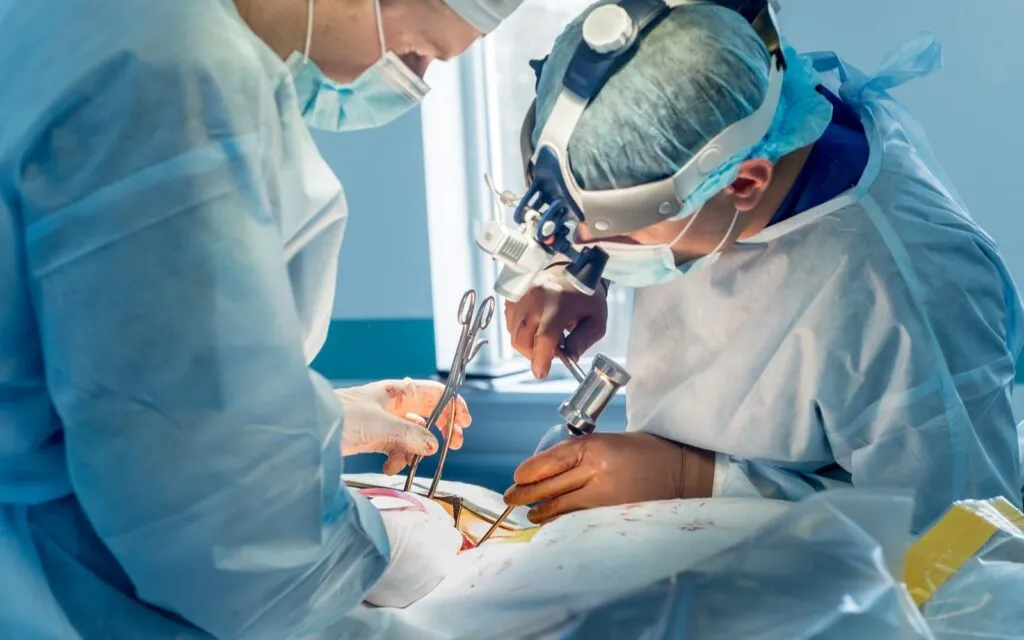
It doesn’t begin with the knife
Spine surgery starts hours before the first cut. You’re brought in early. Changed into a gown. IV lines are placed. Monitors attached. You’re asked your name, your date of birth, your reason for being there—again. It’s routine, but it’s not meaningless. Everyone needs to be sure.
The surgeon marks the area. Sometimes with ink. Sometimes with a scan. Positioning matters more than people realize. One wrong angle, and nerves get missed. Or damaged. So the body is aligned with care. Then, and only then, does the surgery begin.
The approach depends on where the problem lives
Cervical. Thoracic. Lumbar. Each section of the spine asks for a different route. Some incisions go from the back. Others from the side. In certain cases, they go through the front—especially in the neck. It’s about access. Safety. Visibility.
Muscles are moved, not cut. Retracted gently. The spine is revealed slowly. Layer by layer. The exposed area is small, even in big surgeries. The rest of the body stays covered. Monitored. Watched closely.
Nerves are never out of mind
Everything centers around the spinal cord and the nerves it branches into. That’s what’s being protected. Or decompressed. Or cleared of pressure. Damage here means loss—of movement, of sensation, of control. So precision matters.
Monitoring systems track nerve signals during surgery. If something changes, the team adjusts. Sometimes instantly. The spine doesn’t forgive carelessness. And no one in that room forgets that.
Discs, bone, or both may be removed
If a disc is herniated, it’s taken out. If bone spurs grow inward, they’re shaved. Sometimes part of the vertebra is removed to relieve pressure. That’s called a laminectomy. In some cases, multiple levels are addressed. It depends on how far the problem spreads.
Every removal is calculated. No one takes more than needed. Every millimeter changes what the spine can do next. What it supports. How it heals.
Sometimes hardware is added
Screws. Rods. Plates. Cages. Fusion requires stability. So these are used to hold everything in place. They keep vertebrae aligned while the body fuses bone over time. Months, not days.
The hardware stays inside. Unless it causes problems later. But that’s rare. Most people never notice it’s there—except when it gives them back their movement.
Bleeding is controlled with precision
The spine is filled with vessels. Some small. Some not. Bleeding is expected. But it’s managed carefully. Suction. Cauterization. Sponges. Fluids are given as needed. Blood loss is tracked constantly.
Some surgeries require a blood transfusion. Others don’t. It depends on the person. The area. The duration. Every drop is counted. Every response planned.
Closure is slow and layered
Once the work is done, everything is reversed. Retractors are removed. Muscles are placed back gently. Layers are closed one by one—deep tissue, muscle, fascia, skin. Staples or sutures finish the surface.
A drain might be left behind. To prevent fluid buildup. It’s temporary. Usually removed within days. But it helps the body heal without swelling or pressure.
Recovery begins the moment the surgery ends
You’re moved to recovery. Monitored closely. Vitals checked. Movement tested. Depending on the procedure, you might sit up the same day. Or walk within hours.
Pain is expected, but managed. Through medication. Through position. Through breathing. Nurses guide you through those first movements. Slowly. Carefully. No one rushes the spine.
Some people go home quickly, others stay longer
Minimally invasive surgeries may allow discharge in a day. Larger procedures may need longer stays. ICU isn’t always required. But it’s there if needed.
Before you leave, you’ll need to walk. Eat. Go to the bathroom. All without complication. That’s how they know the spine is stable enough for the next step—home.
The body heals slower than the incision does
The wound may close in weeks. But the nerves take longer. They’ve been under pressure. Now they’re adjusting. Regrowing. Firing differently. That takes time. Sensation may return gradually. Pain may come and go.
Physical therapy usually follows. To rebuild strength. To restore movement. To teach the body how to move without damage. Recovery isn’t passive—it’s a process.
